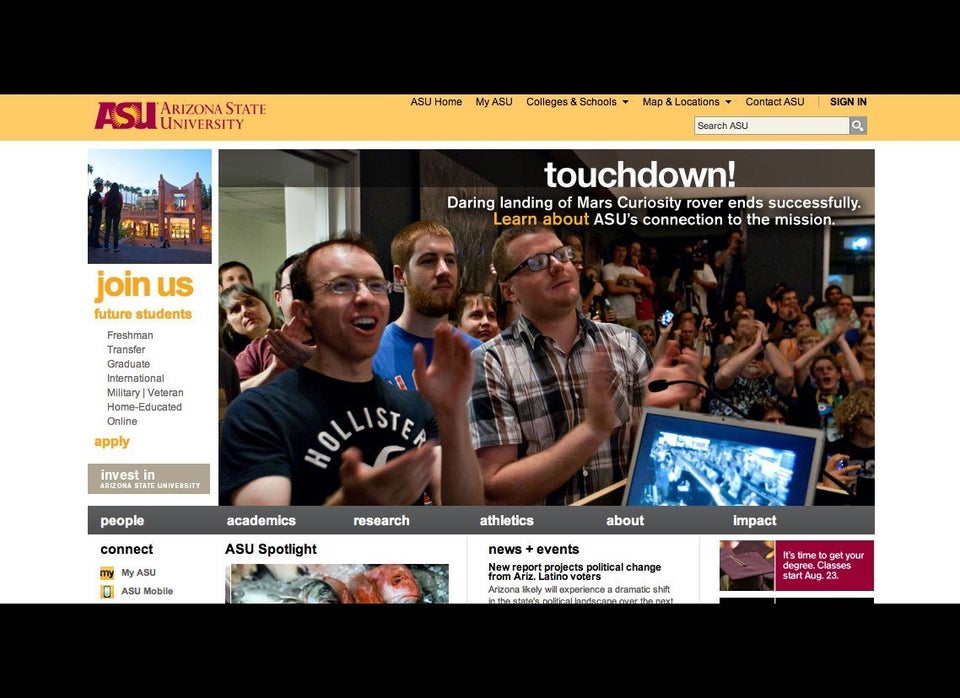
An analysis by USA Today has revealed that 10 of the largest online charter schools spent an estimated $94.4 million in taxpayer dollars on advertising over the past five years. The largest, Virginia-based K12 Inc., spent approximately $21.5 million in just the first eight months of 2012.
The estimates are based on advertising rates and buys compiled by Kantar Media, a New York-based provider of “media and marketing intelligence,” according to the paper. K12 spokesman Jeff Kwitowski declined to comment to USA Today on whether the estimates are accurate, but defended the company’s marketing strategy.
"We try our best to ensure that all families know that these options exist," Kwitowski told USA Today. "It's really about the parents' choice -- they're the ones that make the decision about what school or program is the best fit for their child."
According to the Colorado consulting firm Evergreen Education Group, about 275,000 students nationwide attend school online full-time.
While charter schools claim they need to spend money on advertising to make parents and students aware of their institutions, critics contend the public dollars the schools receive could be better spent helping current students learn, rather than recruiting new ones.
In Ohio, critics of the online charter school system also argue that local taxpayer support would be better served funding public schools in districts that are facing budget crises. An NPR report that online schools can operate by spending just $3,600 per student, but Ohio pays online charter schools close to $6,300 per student, leaving companies with a substantial amount to devote to advertising.
That advertising money is spent on popular websites, as well as on ads directed at students. According to NPR, the Ohio Distance and Electronic Learning Academy is one of several online charter schools that advertise on Facebook, and the organization also has banner ads that show up on sites for students seeking help coping with depression. Similarly, Connections Academy, which is operated by Pearson, purchased Google ads that show up next to a search for “bullied at school.”
USA Today reports K12 strives to target children with its television and web ads; the for-profit online learning company spent an estimated $631,600 to advertise on Nickelodeon, $601,600 on The Cartoon Network and $671,400 on MeetMe.com. It also bought $3,000 worth of ads on VampireFreaks.com, which claims to be "the Web's largest community for dark alternative culture."
Critics also point to the low success rates of online charter schools. K12’s Ohio Virtual Academy has a four-year graduation rate of just 30 percent, while its Virtual Academy in Colorado only graduates 12 percent of its students.
